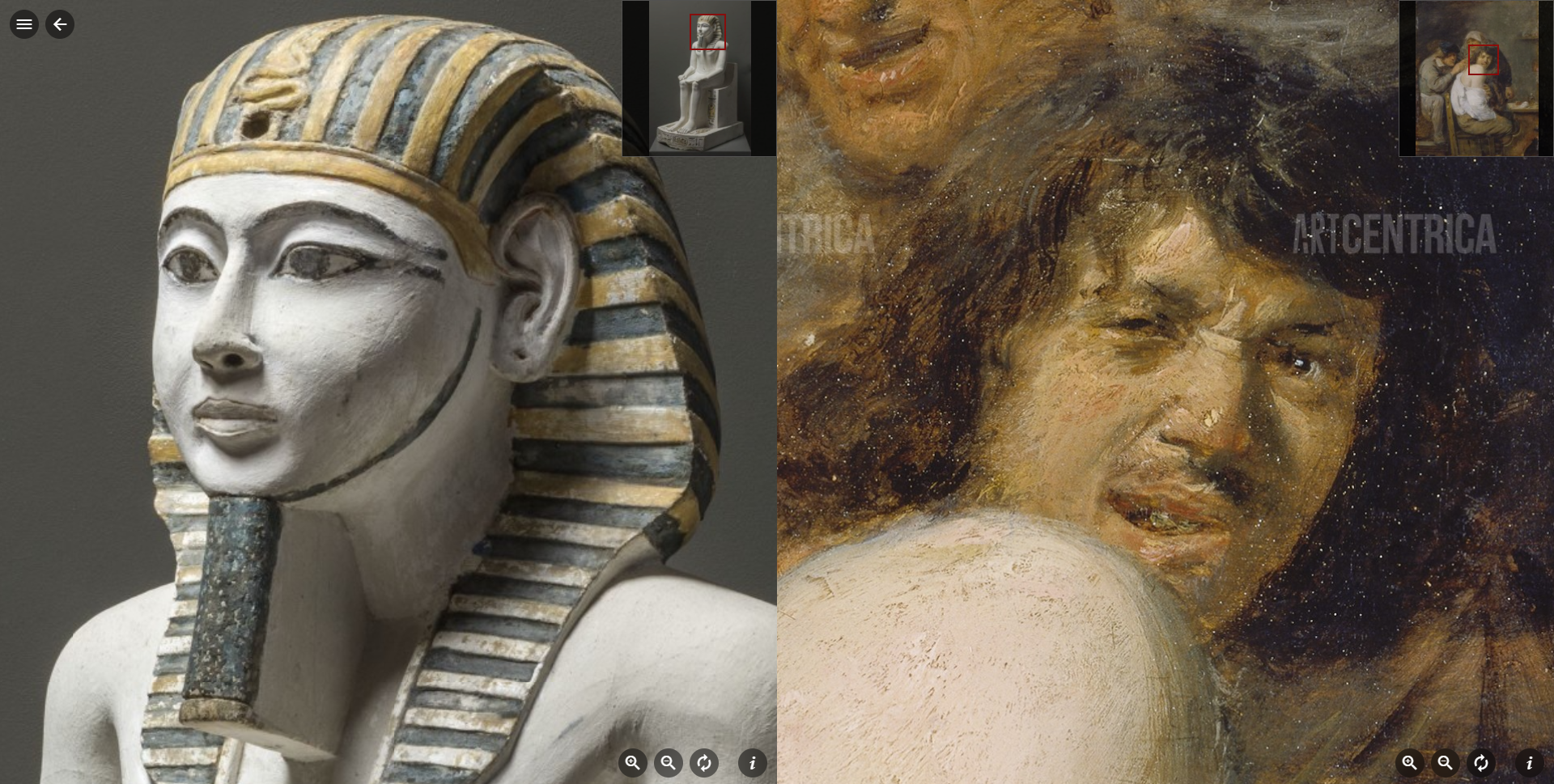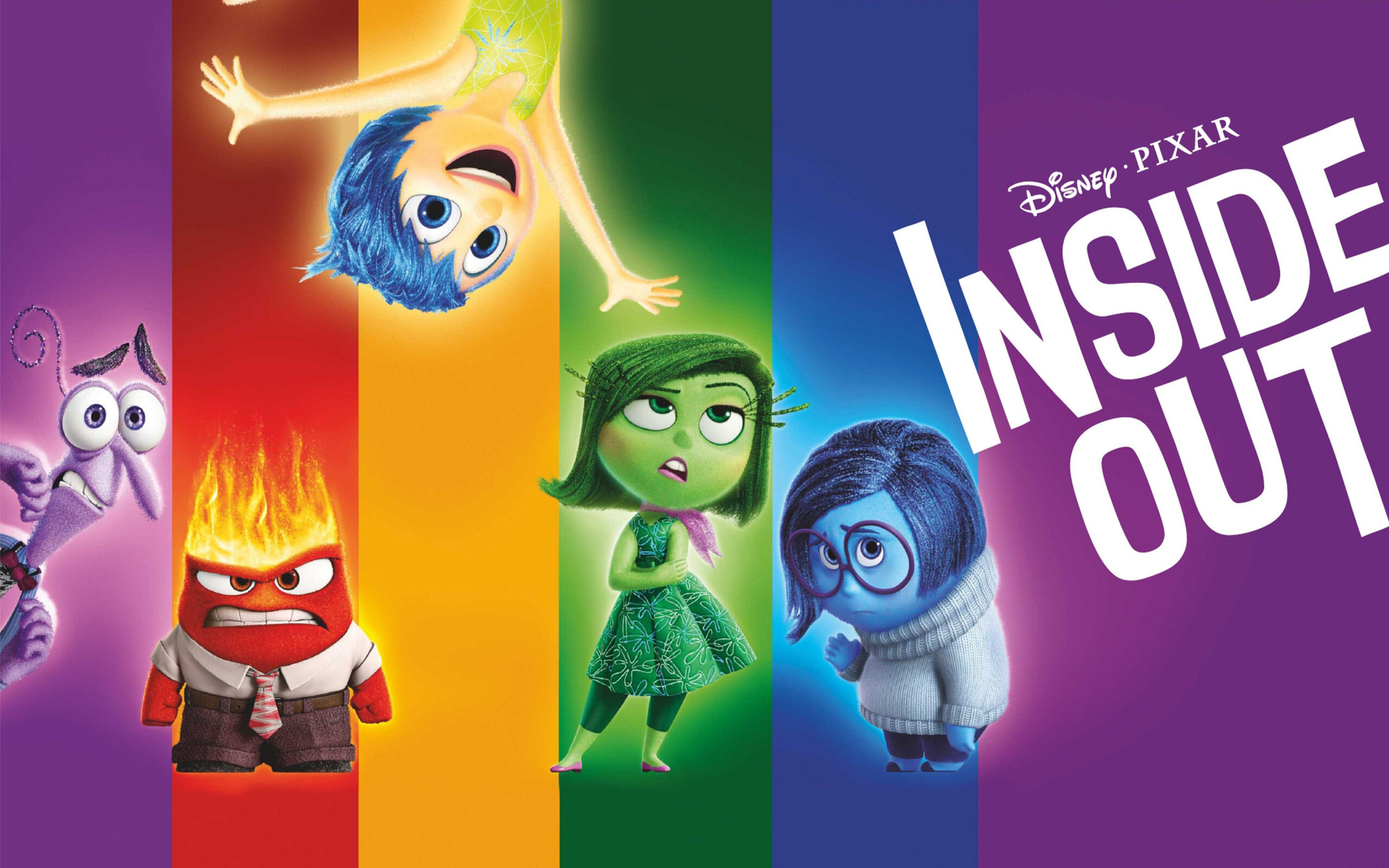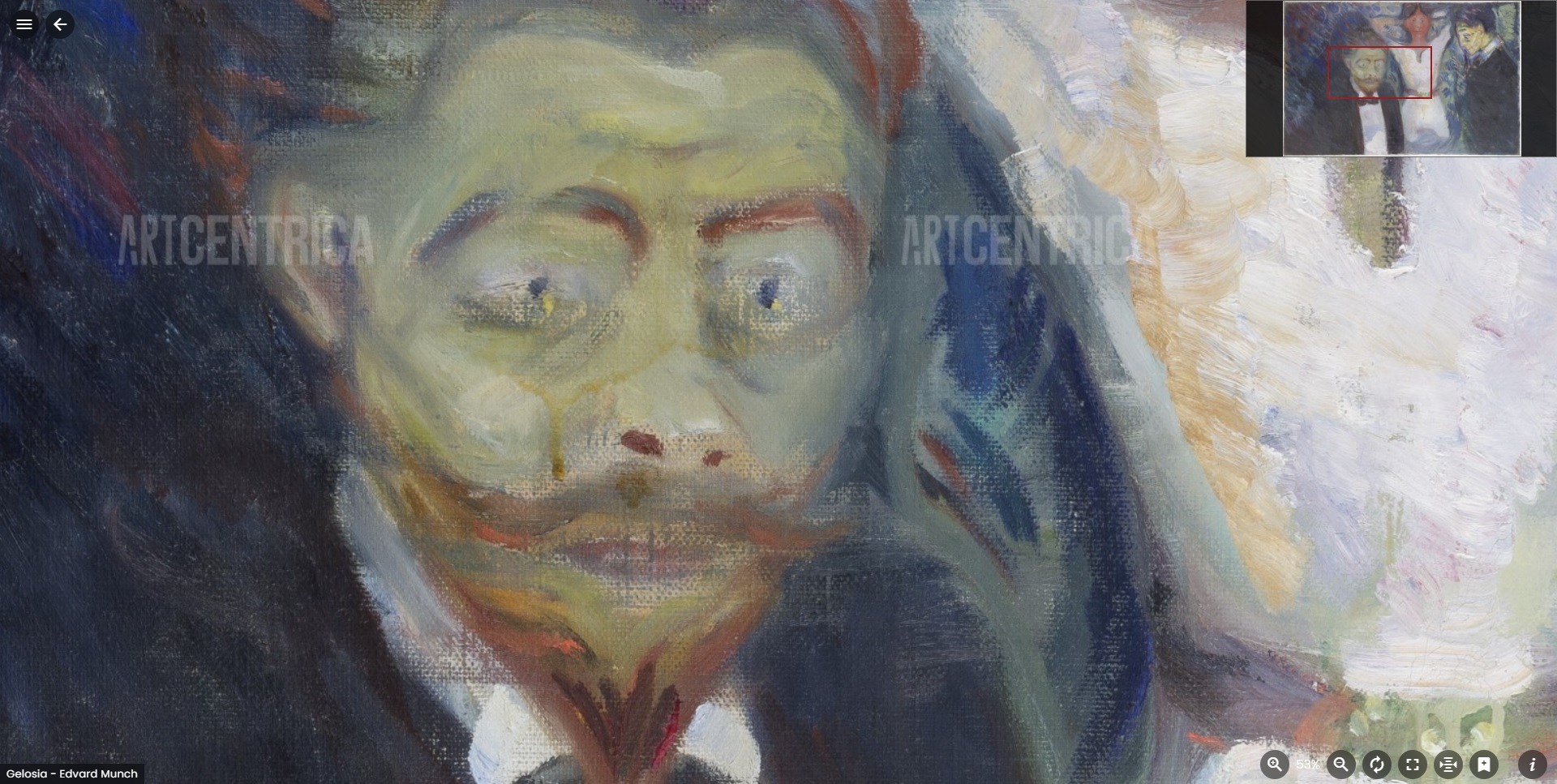ArtCentrica
28 February 2022
Expressions in Art through the Städel Museum’s artworks
High school / University
ArtCentrica keep growing with the Städel Museum’s collections!
The Städel Museum is one of Germany’s most important museums, with works ranging from medieval to contemporary art by artists such as Bronzino, Degas, Monet, Tintoretto, Picasso, and many others.
The museum was founded by the will of merchant and banker Johann Friedrich Städel, who in his will named the entire city heir to the art collections he owned.
ArtCentrica provides users with a wide selection of masterpieces from the Städel Museum, which can now be viewed interactively. Paintings can be zoomed in to the smallest details, compared with those from other collections in the app, used by teachers to create lessons on which to annotate details, and so on.
Inside the works: expressions in Art

In 2015, Pixar Animation Studios released Inside Out, an animated movie where the five primary human emotions were the protagonists: anger, fear, disgust, joy and sadness. Emotions that, of course, correspond to the typical expressions of our face.

Yet despite the fact that they have always been universal expressions, artists did not immediately show interest in representing them. Ever since the advent of ancient sculpture, the faces of the subjects always had an indifferent air about them, allowing little in the way of emotion to seep through.
The reason for this stylistic choice, lies in the fact that artists often had to portray strong personalities, such as gods, pharaohs, sovereigns… and it was therefore inappropriate for human frailty to be shown through their faces.

It will have to wait until Giotto to “officially” discover emotions in art, although their explosion will occur from the 1600s, with Caravaggio and the Baroque, where bizarre and desperate expressions will no longer be associated with the Passion of Christ or religious episodes, but with characters of various kinds. Indeed, there is no shortage of works by Adriaen Brouwer (Operation on the Back) Edvard Munch (Jealousy), Giuseppe Molteni (The Derelict) and many others.
From the 1600s to the present day, artists around the world have persisted in the exercise of depicting emotions, achieved by combining three different elements of the face: eyes, eyebrows, and mouth. This interest has grown over the centuries, especially with the advent of comic books, animated films and video games.
